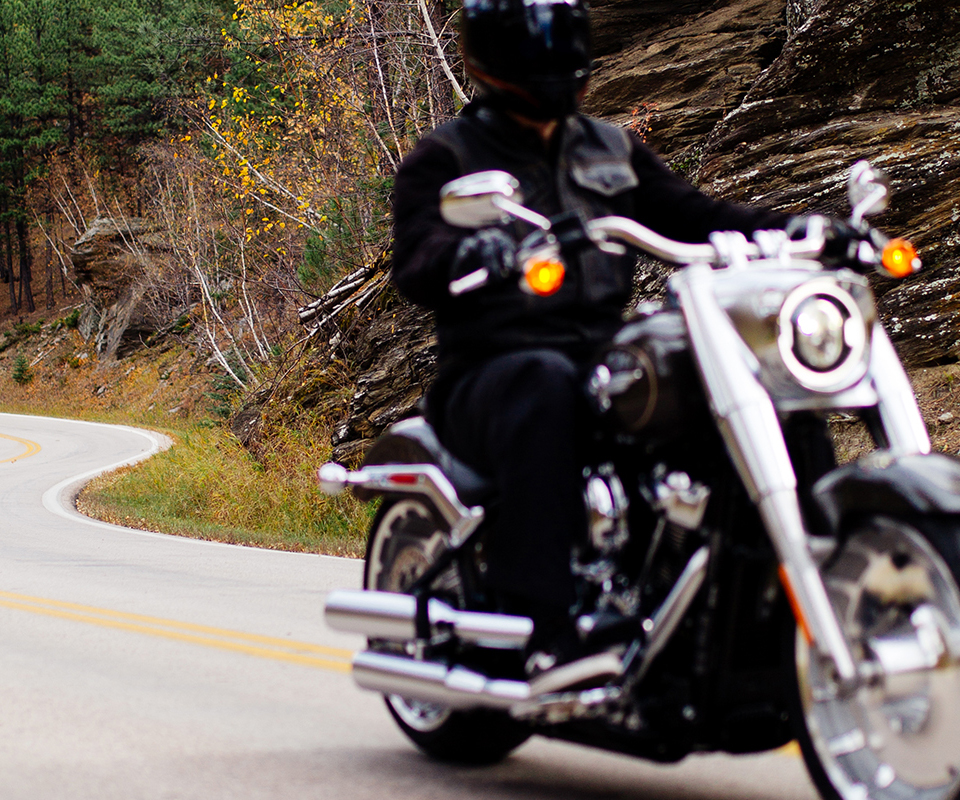Safe Riding Practices
Hit the open road – but not literally.
Riding a motorcycle comes with thrills and challenges all its own. Knowing the right way to ride can save your hide in a hairy situation.

Riding a motorcycle comes with thrills and challenges all its own. Knowing the right way to ride can save your hide in a hairy situation.
For info on riding routes, Sturgis and more, sign up for email updates. We promise not to spam you – just send what you want for an awesome ride.